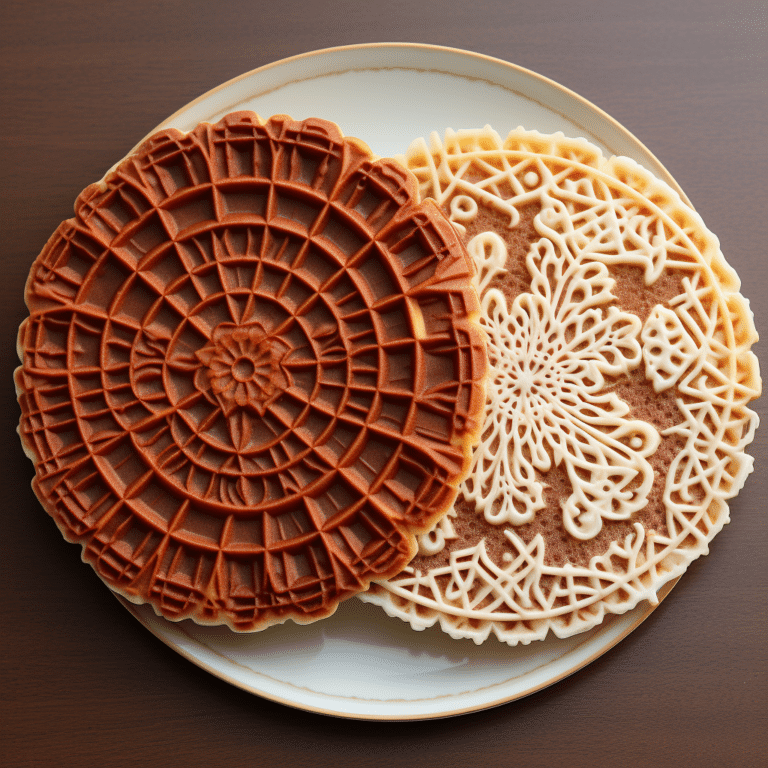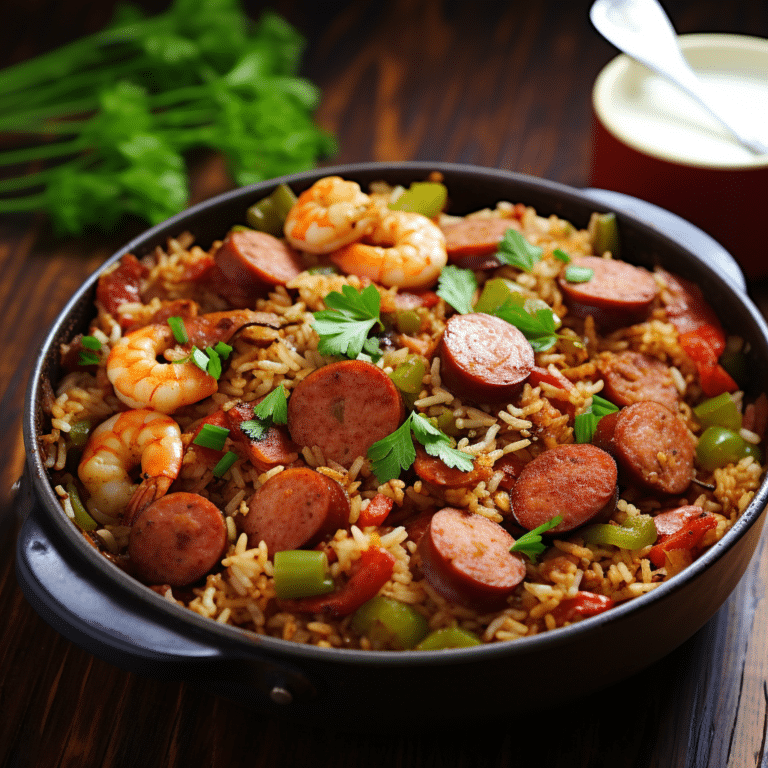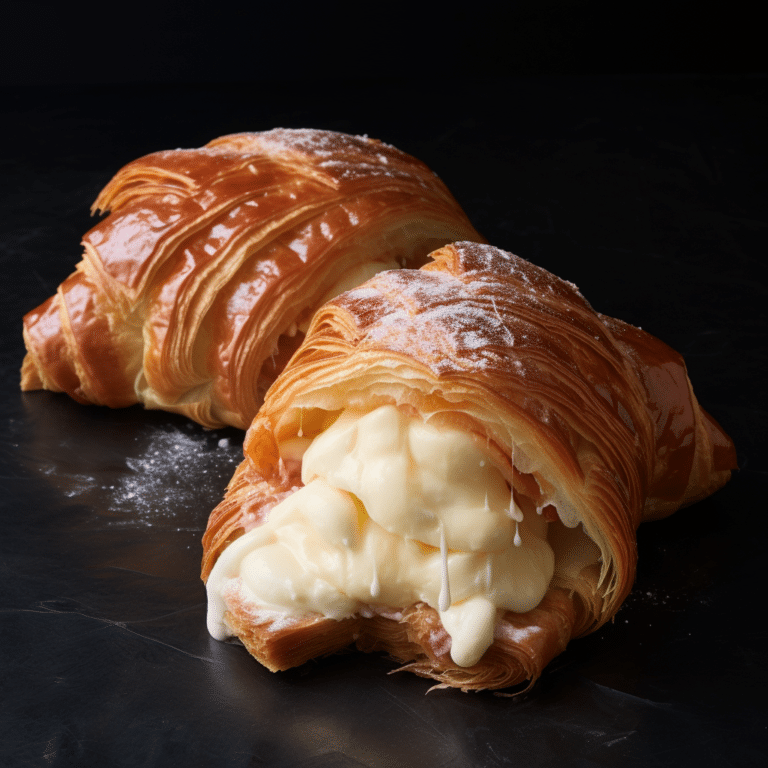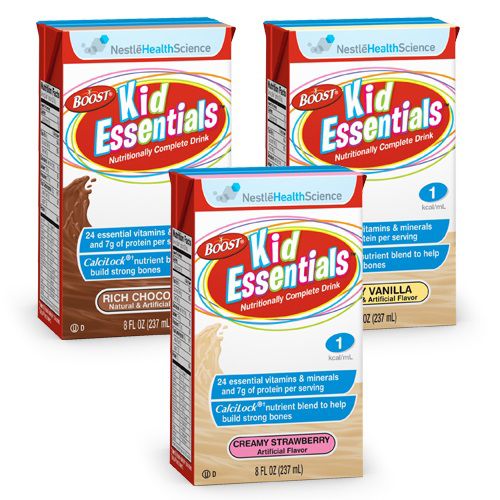Kansas City Strip vs. New York Strip: Comparison
Kansas City and New York strips similar delicious beef cuts from the tender short loin, the cut after ribs, and the sirloin. Though similar in many ways, the Kansas City strip is served in the Midwest and near Kansas City, whereas the New York Strip is found in and around New York. At a glance, the Kansas City strip might have bone and pockets of fat, while the New York strip has no bone and is leaner. In this article, we look at some of the differences between the two types of the strip.

Kansas City Strip Vs New York Strip
Origin
According to history, the Kansas City strip originated in New York City where two brothers, Giovanni and Pietro, from Switzerland, incubated this idea at Williams Street in 1827. They would source their beef cuts from Kansas City cowboys, and they thus christened their steak Kansas City strip. New York chefs modified this strip marginally and renamed their invention the New York strip.
Size And Appearance
The Kansas City strip.
- It often has a thickness of 1.5 inches and below.
- It has the tail section on that makes it have an L shape.
- It is flat, with a bone visible on the upper side of the cut.
- The butchers have already cut and seasoned the trip with a special barbecue sauce so it doesn’t need any further seasoning when cooking.
- It has fat layers; fat marblings are not trimmed off.
- It is best grilled, baked, or barbecued.
The New York Strip
- It is thicker than the Kansas City strip, with a thickness of 1.5 inches and above.
- It has no bones.
- It is cut by the chefs at Newyork and requires flavoring.
- Its fat layers have been trimmed and appear leaner.
- The tail section is removed, making it shorter.
- It is best grilled, baked, or barbecued.
How To Cook Strip
Grilling
The Kansas City Strip vs New York Strip strip is already flavored and doesn’t require any other spices. Grill it on an open charcoal or gas grill until you achieve your preferred doneness. New York strip is flavored to your preference and grilled.
Oven Broiling
Preheat your oven for 10 minutes. Place your steak on a lined pan, ensuring it’s 3 to 4 inches away from the heat source. The broiling time depends on your preferred level of doneness.
Pan Searing
Heat your heavy non-stick or cast iron skillet for 5 minutes. Place your strips on the hot pan, avoiding overcrowding. Avoid adding water or oil to preserve the flavors. Sear uncovered, flipping one time till you achieve your preferred doneness. Use a meat thermometer to measure your meat’s doneness. You could also cut across the middle of the strip to check the inside.
Air frying
To cook your strip on an air fryer, preheat the fryer for 5 minutes. Place the strips on the fryer basket and cook each side for 6 minutes at 400 degrees Fahrenheit for medium rare doneness.
How To Tell Your Strip Doneness
Different people love their meat cooked to different degrees, ranging from extra rare to well done. A meat thermometer or a look at the strip could help determine the doneness.
| Description | Extra rare | Rare | Medium rare | Medium well | Well done |
| Temperature | 115 to 120 degrees | 125-130 degrees | 130 to 140 degrees | 140 t0 150 degrees | 160 degrees |
| Exterior color | Pink | Some Pink | Barely pink | Brown | Brown |
| Interior color | Bright red | Red | Somewhat brown | Mostly brown | Brown |
| Texture | Soft and tender | Perfect steak texture | Slightly firm | Firm | Very firm and dry. |
Factors To Consider When Buying A Strip
Marbling
Marbling is the white fat running through a steak and determines its flavor and juiciness. An ideal steak should have some but not much marbling. However, it calls for proper cooking as overcooking could make it tough. Prime cuts contain the right amount of marbling and make it more expensive.
Quality
Beef is classified into four main categories.
- Prime cut. This is the finest cut of beef available, bursting with flavor and tenderness.
It is expensive and is suitable for grilling, roasting, and broiling. - Choice cut. This is a quality cut with less marbling, less flavor, and more juices than the prime cut. It is, however, still suitable for dry cooking.
- Select cut. This is a leaner, more uniform quality cut that is less juicy and less flavorful. It can prove hard to cook as it gets tough with extra heat.
- Standard Cut. This is the lowest quality of beef cut and has no marbling. It is often used for ground meat products.
Thickness
An ideal steak strip should not be so thick or thin. If too thin, it could get tough when cooked, and a thick strip could be hard to cook properly on the inside.
Price
Your budget will determine what you can get. The better the quality, the more expensive it is. The prime cut is the most expensive cut, followed by choice, select, and the standard one is the least priced.
Tips On Storing Strip Steak
Bacteria thrive at room temperatures. To prevent your strip from getting contaminated, refrigerate and consume within 3 to 5 days. You could also freeze for up to 12 months. Traditionally steak was smoked in an open flame, salted, and then stored at room temperature. This smoking process hydrates the meat, and thus bacteria cannot thrive.
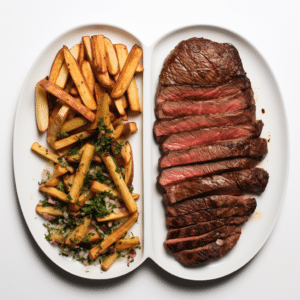
How To Tell Your Strip Is Spoilt
Your strip is ruined if it has developed a foul odor, changed color, or become rubbery; eating it could make you sick.
Finally, the sirloin’s supple short loin, found amid the bones of the ribs and the tenderloin, is where the Missouri and New York strips are cut from. The KC cut is narrower and has more marbled and is flavored by butchers, while the New Kansas City Strip vs New York Strip is larger and less striped and is trimmed by chefs and requires having been seasoned before cooking.


